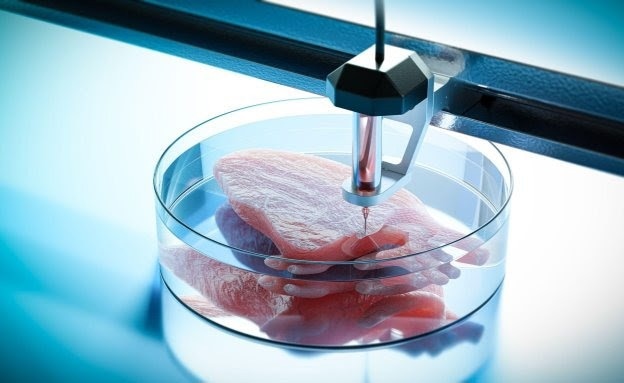In recent years, 3D printing has emerged as a transformative technology for the field of organ transplantation. Doctors are already using 3D-printed skin for burn treatment and wound healing, and this year has seen the first successful use of 3D-printed cartilage for ear reconstruction.

Image Credit: shutterstock
Now, amidst rising demand for organ transplants and a dire shortage of donor organs worldwide, researchers are working toward using 3D printing to produce even more complex structures, like livers, hearts, and kidneys. Some recent breakthroughs in this effort offer a glimpse of the revolutionary effect that 3D printing could have on the healthcare field in the next few decades.
Recent successes in biotech
There have been several notable successes recently in producing 3D-printed tissues for research applications. For example, researchers have produced small-scale kidney models that replicate the complex structures of human kidneys, and one lab has developed 3D-printed heart tissue that has been successfully transplanted into animals.
According to Vidmantas Šakalys, CEO of Vital3D, a biotechnology company that specializes in 3D bioprinting solutions, taking the step from printing tissues for research applications to transplanting 3D-printed organs into human patients requires major technical innovation, given all the various challenges involved.
Overcoming challenges through biotech
One fundamental challenge is the complexity of human organs, which consist of various cell types, intricate structures, and highly specialized functions. "In order to replicate organs' elaborate structures," Šakalys says, "bioprinters must be extremely precise. But they must also be able to work fast, given that they use live cells as raw material." To tackle the challenge of balancing speed and accuracy, Vital3D uses cutting-edge femtosecond laser technology, which works quickly and has a precision of up to 1 micron.
Another challenge is biocompatibility. For 3D-printed organs to remain viable and healthy after transplantation, they must have a functional blood supply and they must be compatible with the recipient's body. To accomplish this, a network of blood vessels must be printed within printed tissues and organs, and measures must be taken to prevent the recipient's immune system from rejecting the transplanted organ.
Furthermore, Šakalys highlights regulatory challenges. "Apart from technical complexities, ensuring 3D-printed organs meet medical standards and gain regulatory approval is critical," he states. This involves thorough testing and certification to guarantee their safety and efficacy for clinical use, emphasizing the importance of balancing technological innovation with regulatory compliance in advancing bio-printed organs.
Possible timeline for transplantation
Given the complexities involved, it is difficult for experts in the field to provide a precise timeline for when 3D-printed organs will become a viable solution to the shortage of donor organs.
The timeline for bioprinted organs as a solution to donor shortages is challenging. Yet, there's optimism in the field. We anticipate the first bioprinted organ transplants could occur within the next 15 to 20 years."
Vidmantas Šakalys, CEO, Vital3D